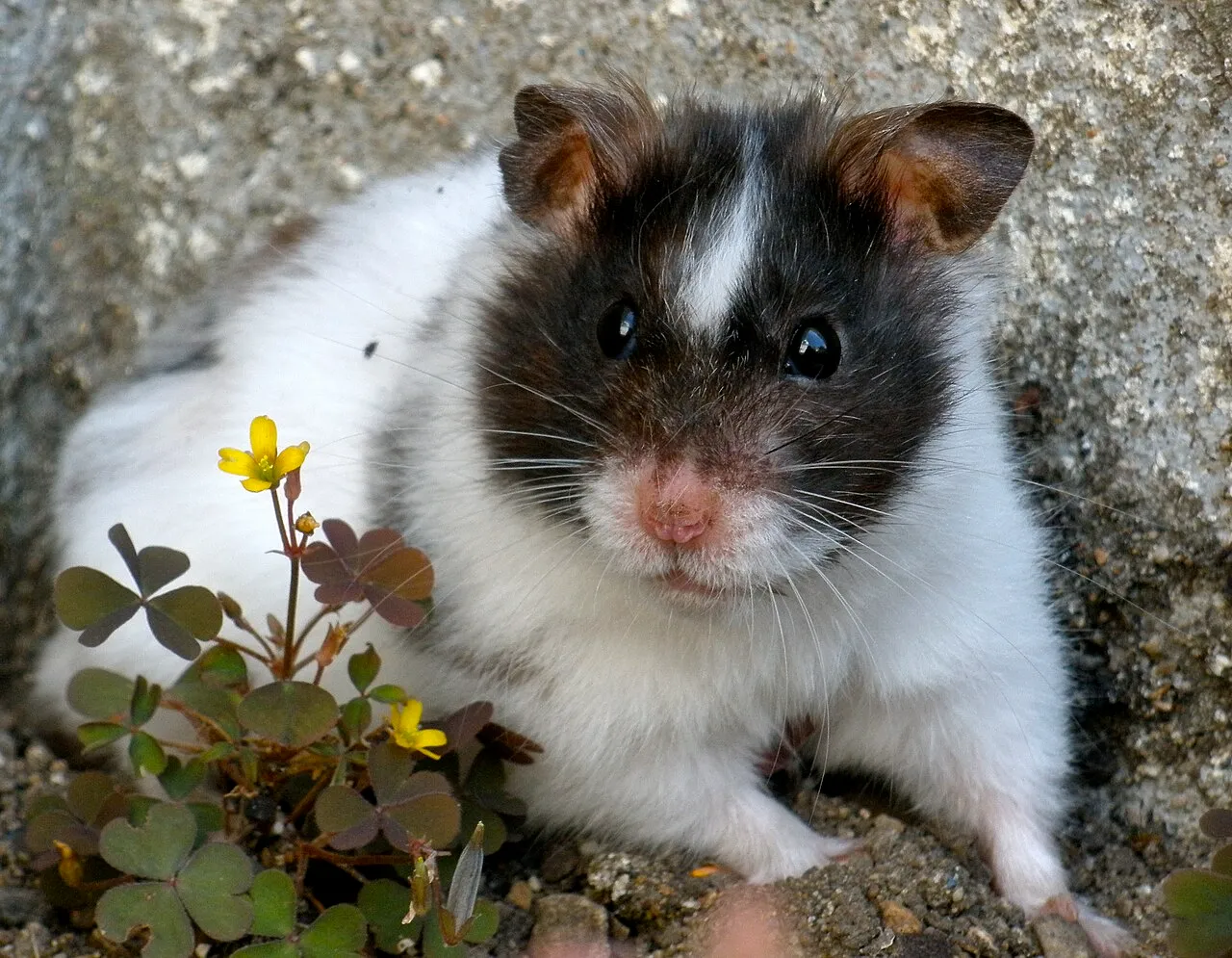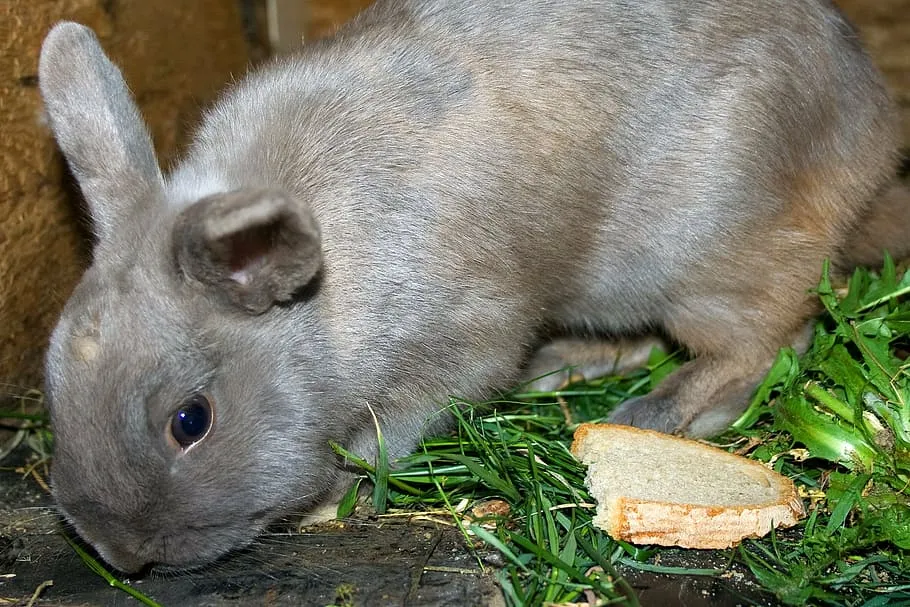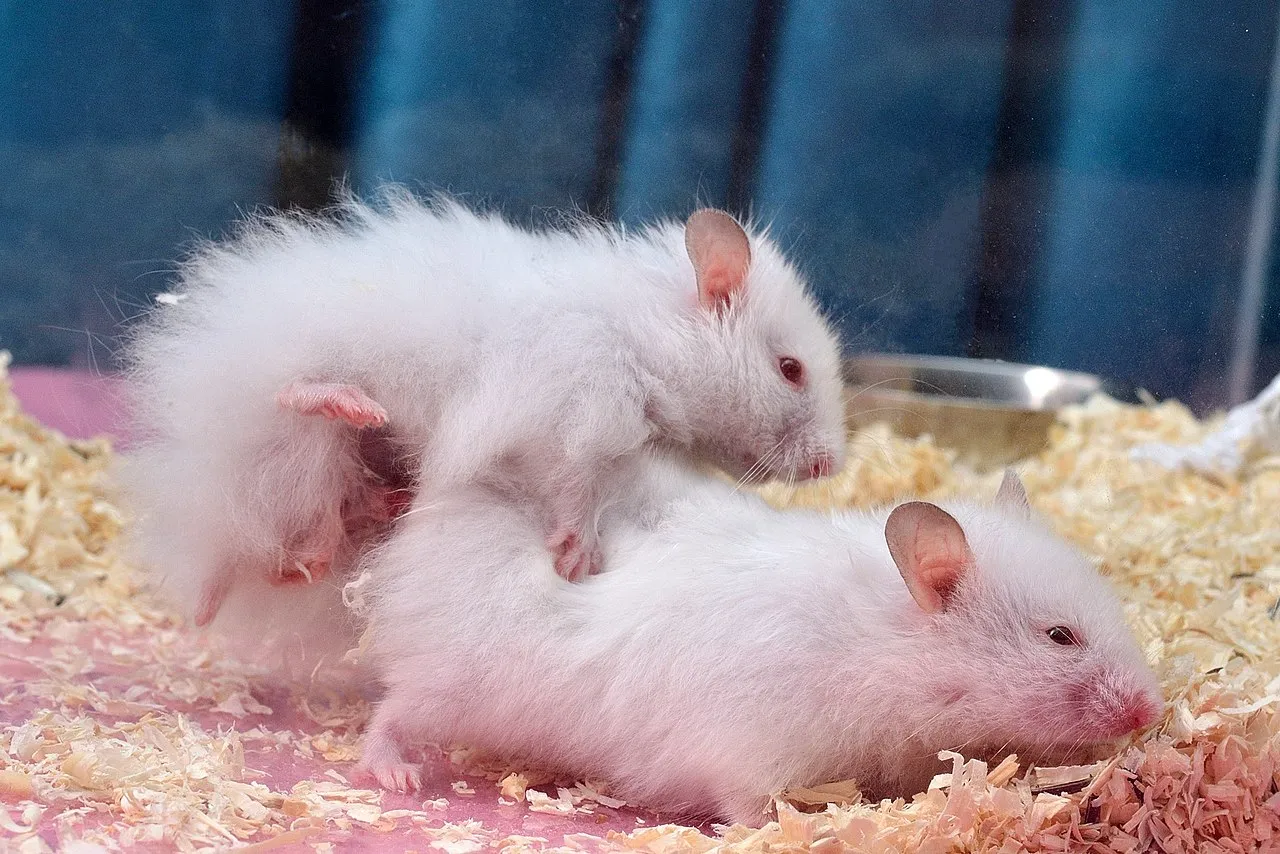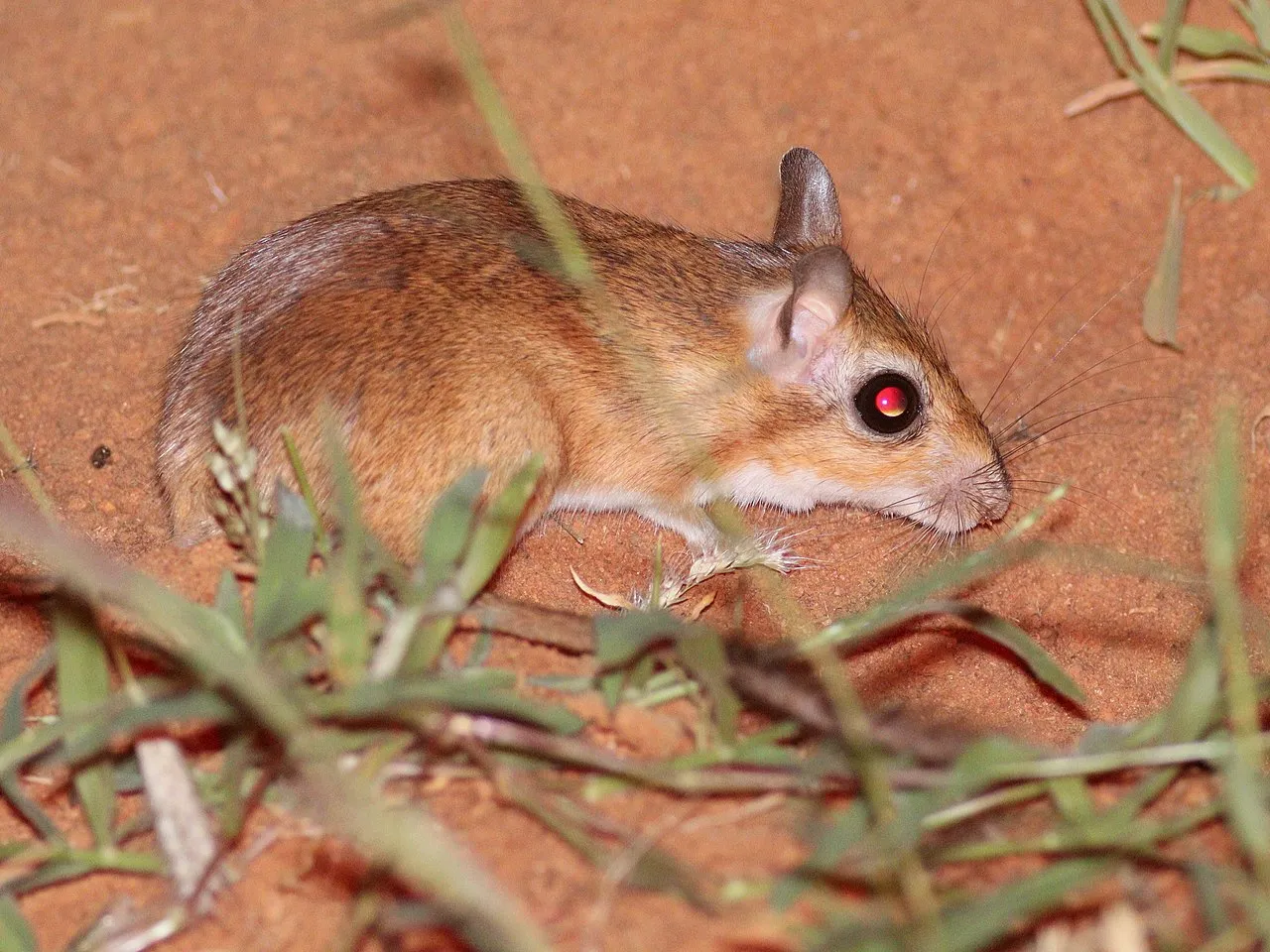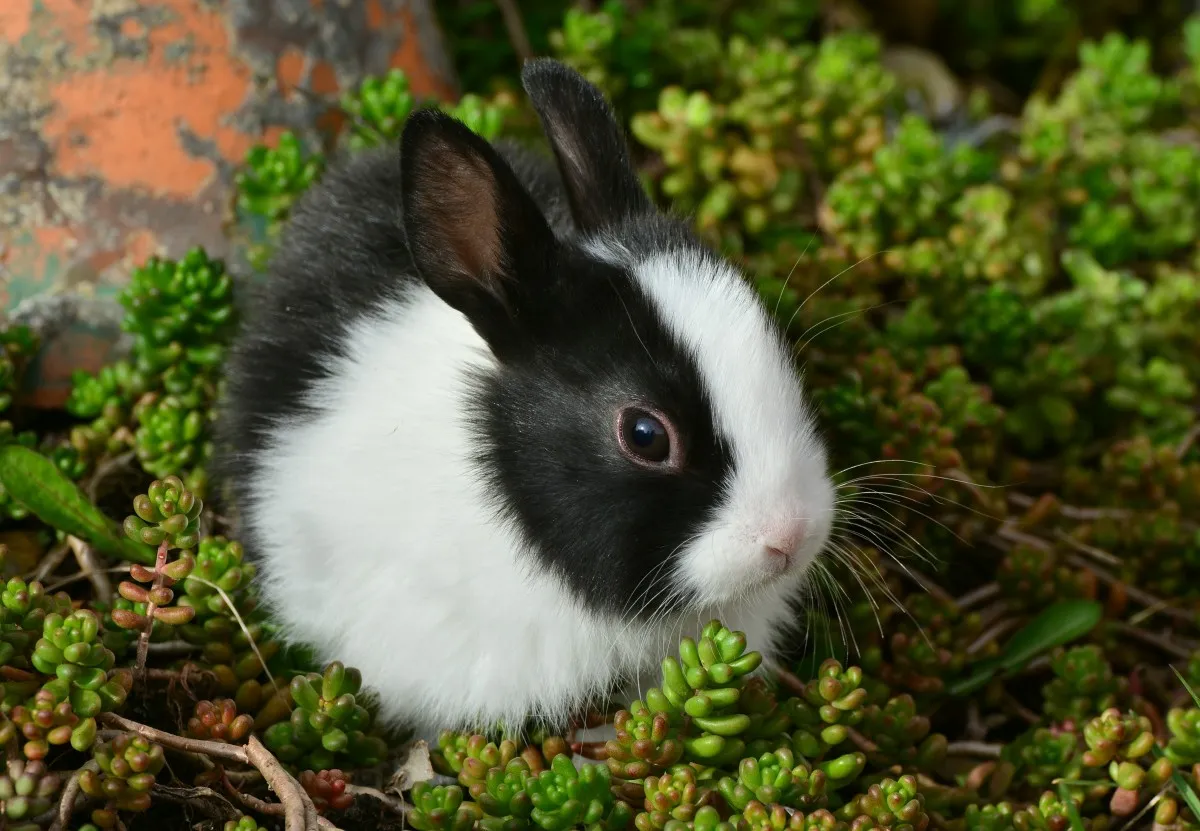Male Guinea Pig Vs Female Anatomy, Size, Weight, Overall Comparison
Exploring the distinctions between male and female guinea pigs goes beyond their physical characteristics, delving into aspects such as behavior, lifespan, and potential considerations for prospective owners.
I. General Characteristics:
– Physically, male guinea pigs (boars) often have smaller nipples and a distinctive bulge above their anus, resembling the letter ‘i.’ In contrast, female guinea pigs (sows) possess a genital area resembling a “Y” shape. Both genders can be neutered if one wishes to prevent unwanted pregnancies.
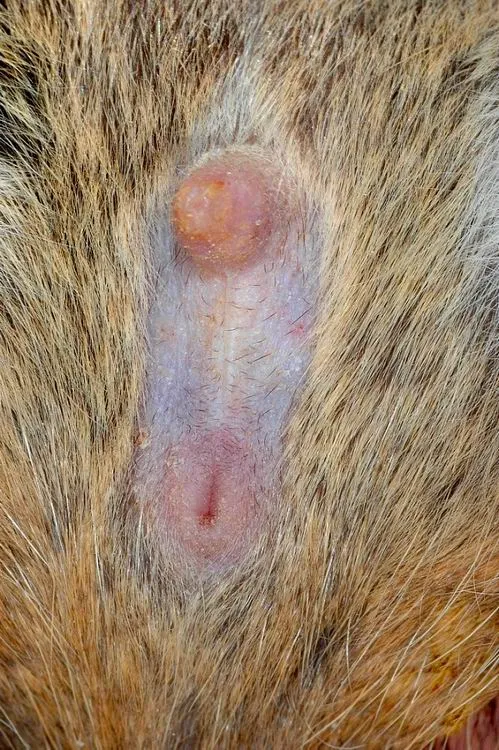
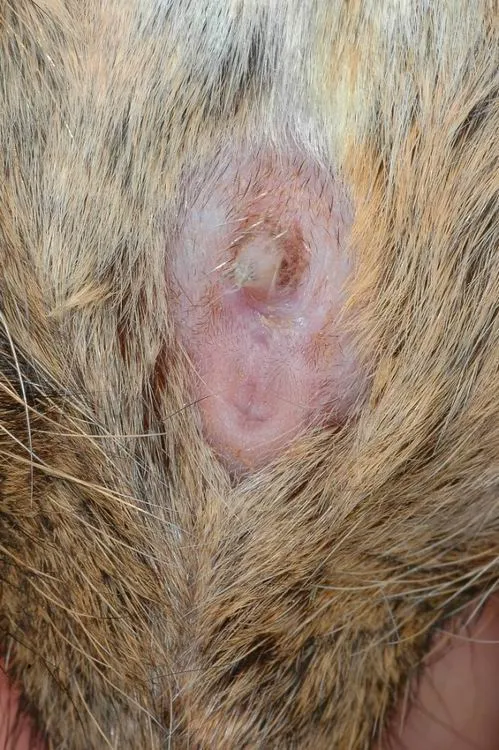
II. Lifespan and Reproductive Aspects:
– Male guinea pigs tend to live a little longer than females, especially if the latter are having young. Understanding the reproductive dynamics can be crucial for those considering guinea pig ownership, as it may impact the overall lifespan and care requirements.
III. Aggression and Temperament:
– Boars are generally more territorial and may display feistier and aggressive behaviors compared to females. This aggression is often linked to their protective nature. In contrast, sows are known for being more social and less aggressive, highlighting distinct temperamental differences between the two genders.
IV. Considerations for Prospective Owners:
– Prospective guinea pig owners should consider factors like aggression and territorial behavior when deciding between a male or female. Additionally, understanding the potential impact of reproductive aspects on the lifespan can guide individuals in making informed choices that align with their preferences and lifestyle.
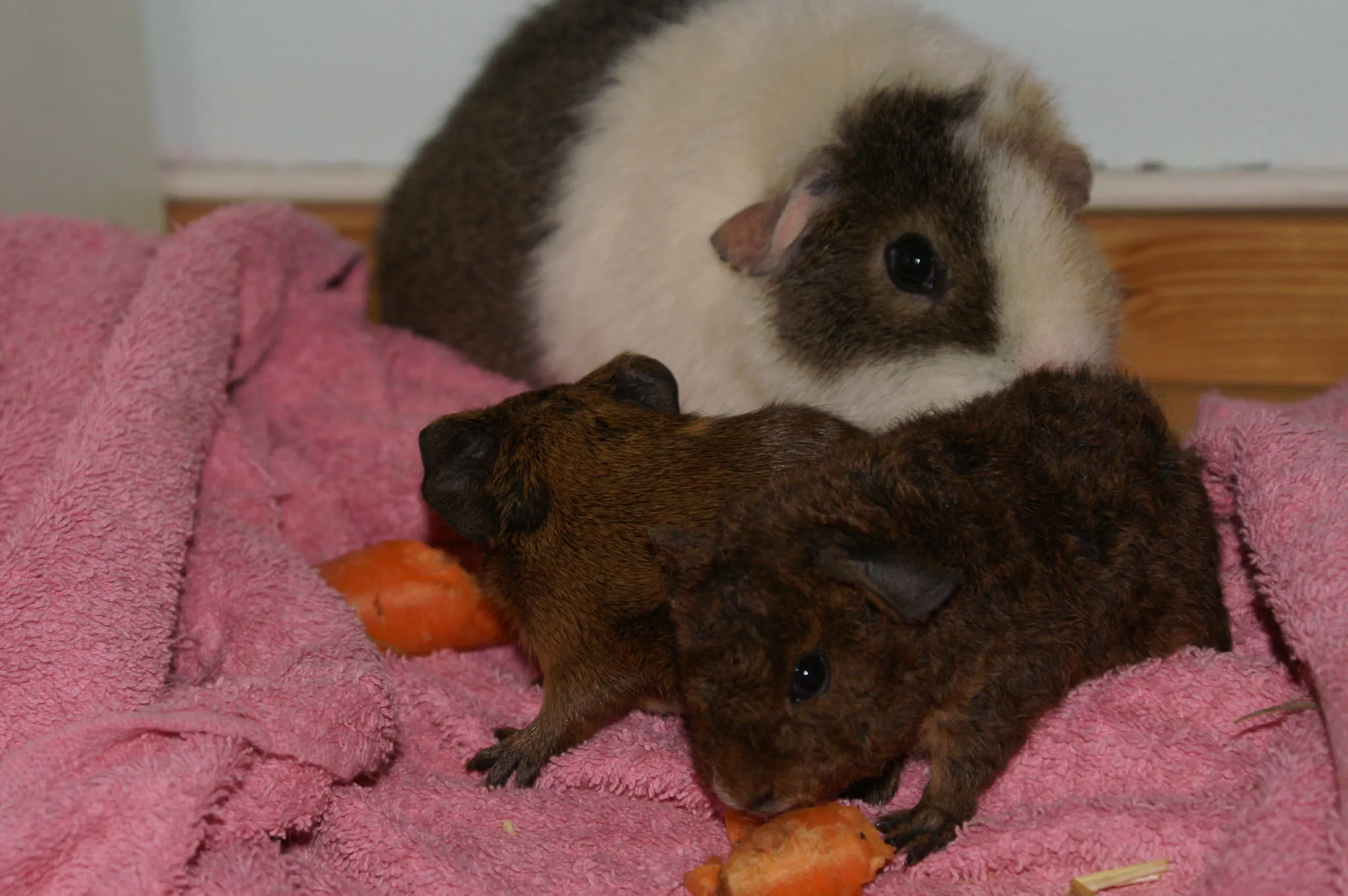
V. Neutering as an Option:
– Both male and female guinea pigs can be neutered, offering a solution for those who want to prevent unwanted pregnancies and potentially mitigate certain gender-specific behaviors. Neutering provides a way to address reproductive concerns while promoting a more balanced and harmonious environment for guinea pigs.
*Details of Comparison
| Criteria | Male Guinea Pig |
Female Guinea Pig
|
| Appearance | Broader head, robust build, vibrant coat variations |
Streamlined appearance, smaller head, similar coat
|
| Size | Larger, 8-12 inches |
Smaller, 7-10 inches
|
| Weight | Heavier, 900g to 1.2kg |
Lighter, 700g to 900g
|
| Dentition and Bite Force (PSI) | Sturdy incisors, 60-80 PSI |
Similar dental structure, comparable bite force
|
| Physical Offensive Advantages | Relies on larger size and strength |
Depends on agility and speed
|
| Physical Defensive Advantages | Uses size for deterrence, protective behaviors |
Relies on agility and quick movements for evasion
|
| Speed | Moderate (5-10 mph) |
Higher agility, speed (8-15 mph)
|
| Agility | Moderate agility | Superior agility |
| Senses | Keen hearing, good sense of smell, adapted vision |
Comparable sensory capabilities
|
| Overall Physical Capacity | Strength and endurance |
Agility and speed
|
| Habitat Preference(s) and Geographic Region | Adaptable globally |
Adaptable globally
|
| Tracks | Larger, more defined prints |
Smaller, deeper prints
|
| Lifespan | Average 4-6 years |
Average 4-6 years
|
| Mode of Feeding | Herbivorous diet | Herbivorous diet |
| Intelligence | Social intelligence, problem-solving skills |
Comparable social intelligence and problem-solving
|
| Social Behavior | Complex behaviors, dominance during mating |
Complex behaviors, maternal instincts, grooming
|
| Mode of Reproduction | Polygamous | Monogamous |
| Parental Behavior | Limited involvement |
Active maternal care
|
| Proximity to Human-Inhabited Areas | Can adapt to living near humans |
Can adapt to living near humans
|
| Behavior Toward Humans | Diverse behaviors influenced by socialization |
Diverse behaviors influenced by socialization
|
| Danger Posed to Humans | Minimal danger | Minimal danger |
| Associated Precautions | Caution during mating, avoidance of stressors |
Caution during pregnancy, birthing, maintaining calm
|
| Conservation Status | Domesticated varieties have no specific concerns |
Domesticated varieties have no specific concerns
|
1. Taxonomy
Male Guinea Pig:
Kingdom: Animalia
Phylum: Chordata
Class: Mammalia
Order: Rodentia
Family: Caviidae
Genus: Cavia
Species: C. porcellus
Female Guinea Pig:
Shares the same taxonomy as the male counterpart.
2. Appearance
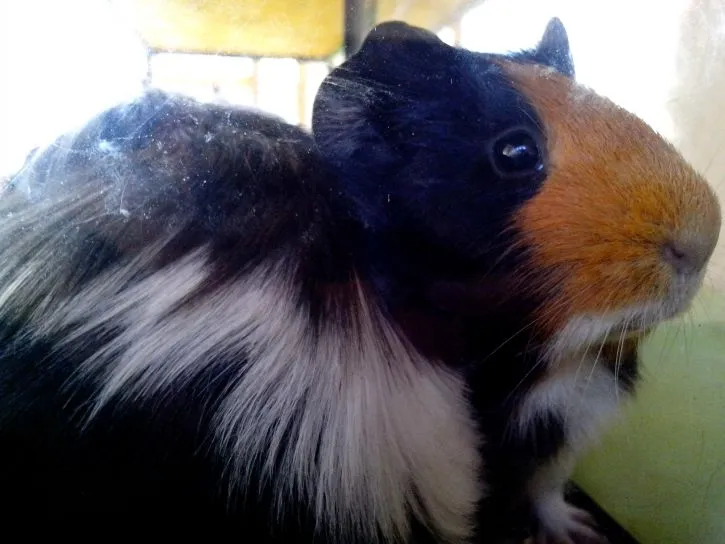
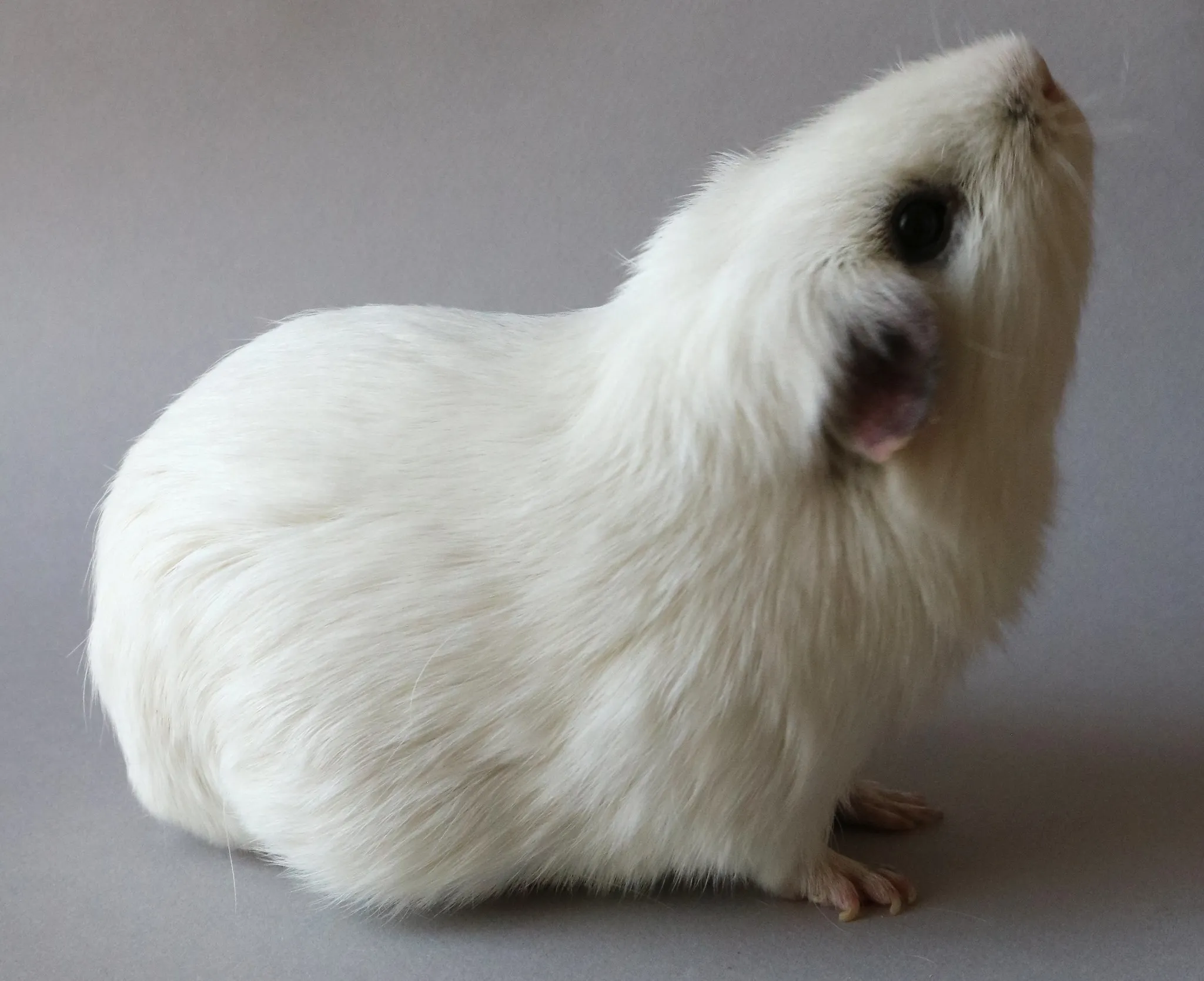
Male Guinea Pig:
Typically exhibits a broader head and a more robust build.
May have prominent scent glands, especially on the cheeks.
Vibrant variations in coat colors and patterns.
Female Guinea Pig:
Generally has a more streamlined appearance.
Smaller head compared to males.
Coat color variations similar to males.
Comparison:
Males tend to have a bulkier and more distinct facial structure.
Females are usually sleeker and more compact in appearance.
Ecological Implications:
Differences in appearance may play a role in mating behaviors and social dynamics within a population.
3. Size
Male Guinea Pig:
Typically larger in size.
Average length ranges from 8 to 12 inches (20-30 cm).
Female Guinea Pig:
Generally smaller compared to males.
Average length ranges from 7 to 10 inches (18-25 cm).
Comparison:
Males exhibit a noticeable size advantage over females.
Ecological Implications:
Size differences may influence resource competition and hierarchical structures in guinea pig communities.
4. Weight
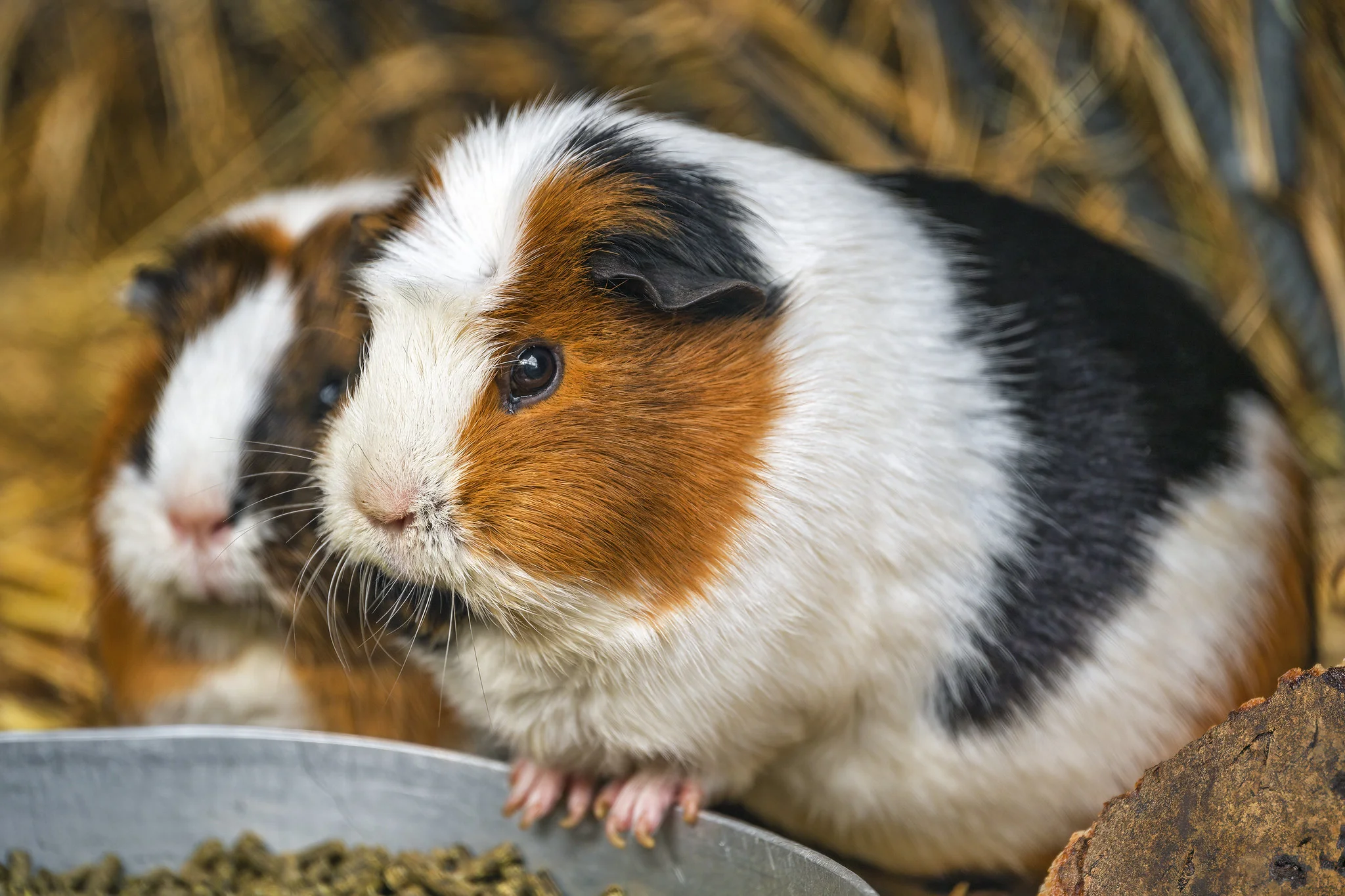
Male Guinea Pig:
Heavier in weight.
Average weight ranges from 900 grams to 1.2 kilograms.
Female Guinea Pig:
Lighter in weight compared to males.
Average weight ranges from 700 grams to 900 grams.
Comparison:
Males generally have a higher body mass compared to females.
Ecological Implications:
Weight differences may impact energy requirements, foraging patterns, and mobility in different terrains.
5. Dentition and Bite Force (PSI)
Male Guinea Pig:
Typically has sturdy incisors for chewing and gnawing.
Bite force measured around 60-80 PSI.
Female Guinea Pig:
Similar dental structure to males.
Bite force comparable to males.
Comparison:
Both males and females possess strong jaws and comparable bite forces.
Ecological Implications:
Strong dentition is crucial for herbivorous feeding habits and may contribute to their ability to access various food sources in their environment.
6. Physical Offensive Advantages
Male Guinea Pig:
Potential advantage in physical confrontations due to larger size and robust build.
May engage in dominant behaviors, especially during mating rituals.
Female Guinea Pig:
Tends to rely on agility and speed rather than physical strength for offensive actions.
Comparison:
Males may exhibit more overt physical dominance, while females rely on other strategies.
Ecological Implications:
Physical advantages contribute to reproductive competition and social dynamics within guinea pig populations.
7. Physical Defensive Advantages
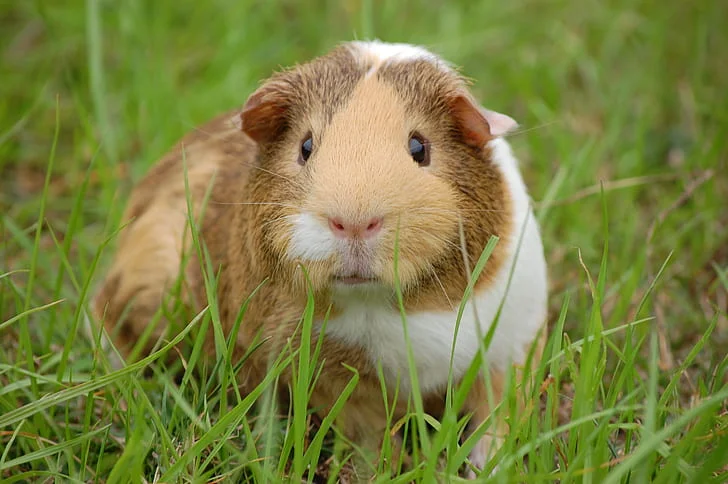
Male Guinea Pig:
Larger size can serve as a deterrent to predators.
May exhibit protective behaviors towards offspring.
Female Guinea Pig:
Often relies on agility and quick movements for evasion.
Displays maternal instincts for offspring protection.
Comparison:
Both genders have distinct defensive mechanisms, with males leaning towards physical presence and females towards agility.
Ecological Implications:
Different defensive strategies contribute to the overall survival of guinea pig communities in diverse environments.
8. Speed (Km/hour or Mile/hour)
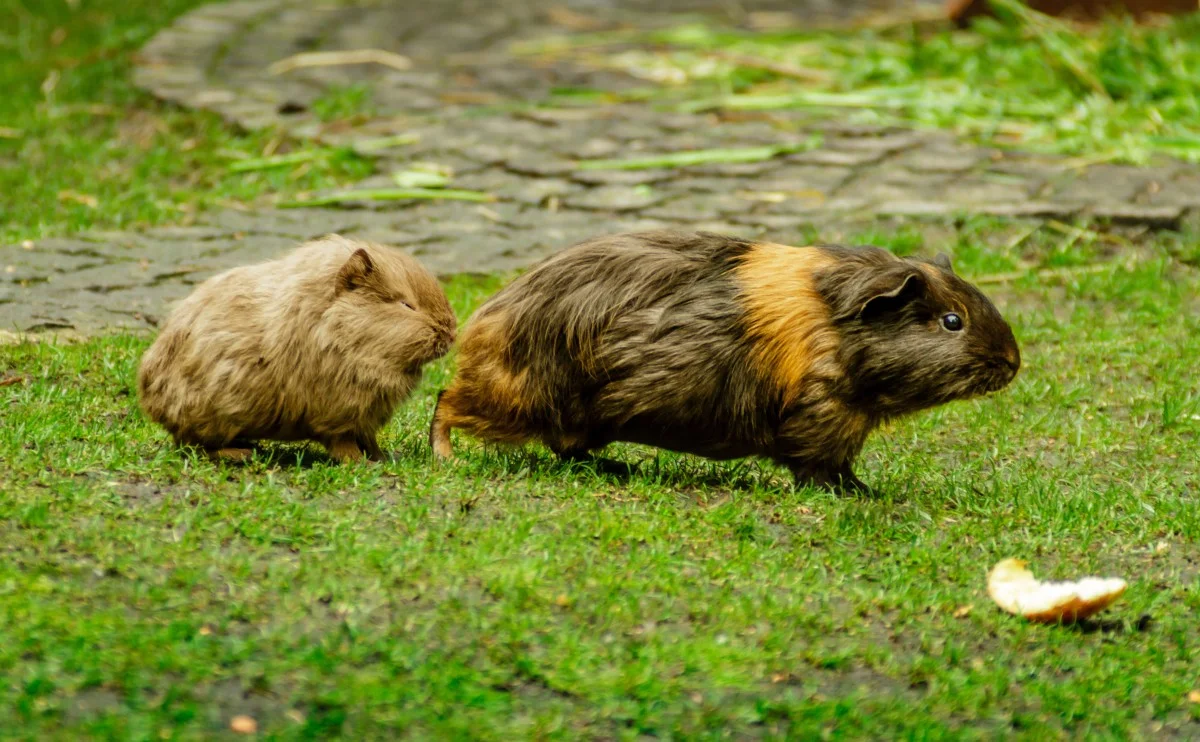
Male Guinea Pig:
Moderate speed, often relying on size and strength rather than exceptional speed.
Average speed ranges from 5 to 10 mph.
Female Guinea Pig:
Agile and quick, showcasing bursts of speed for evasion.
Average speed ranges from 8 to 15 mph.
Comparison:
Females generally exhibit higher agility and speed compared to males.
Ecological Implications:
Speed differences impact foraging efficiency, predator avoidance, and overall mobility within their habitats.
9. Agility
Male Guinea Pig:
Moderate agility, primarily influenced by body size.
Maneuvers well in their environment but may not excel in rapid movements.
Female Guinea Pig:
Displays heightened agility, allowing for swift and nimble movements.
Well-adapted for evading predators and navigating through varied terrains.
Comparison:
Females typically demonstrate superior agility compared to males.
Ecological Implications:
Agility contributes to the survival of female guinea pigs, aiding in predator evasion and successful foraging.
10. Senses
Male Guinea Pig:
Generally has well-developed senses, with keen hearing and a good sense of smell.
Vision is adapted for detecting movement and assessing their surroundings.
Female Guinea Pig:
Similar sensory capabilities to males, with acute hearing and a well-developed sense of smell.
Vision adapted for detecting predators and navigating their environment.
Comparison:
Both genders exhibit similar sensory adaptations for survival.
Ecological Implications:
Enhanced senses contribute to their ability to detect predators and locate food sources in their habitats.
11. Overall Physical Capacity
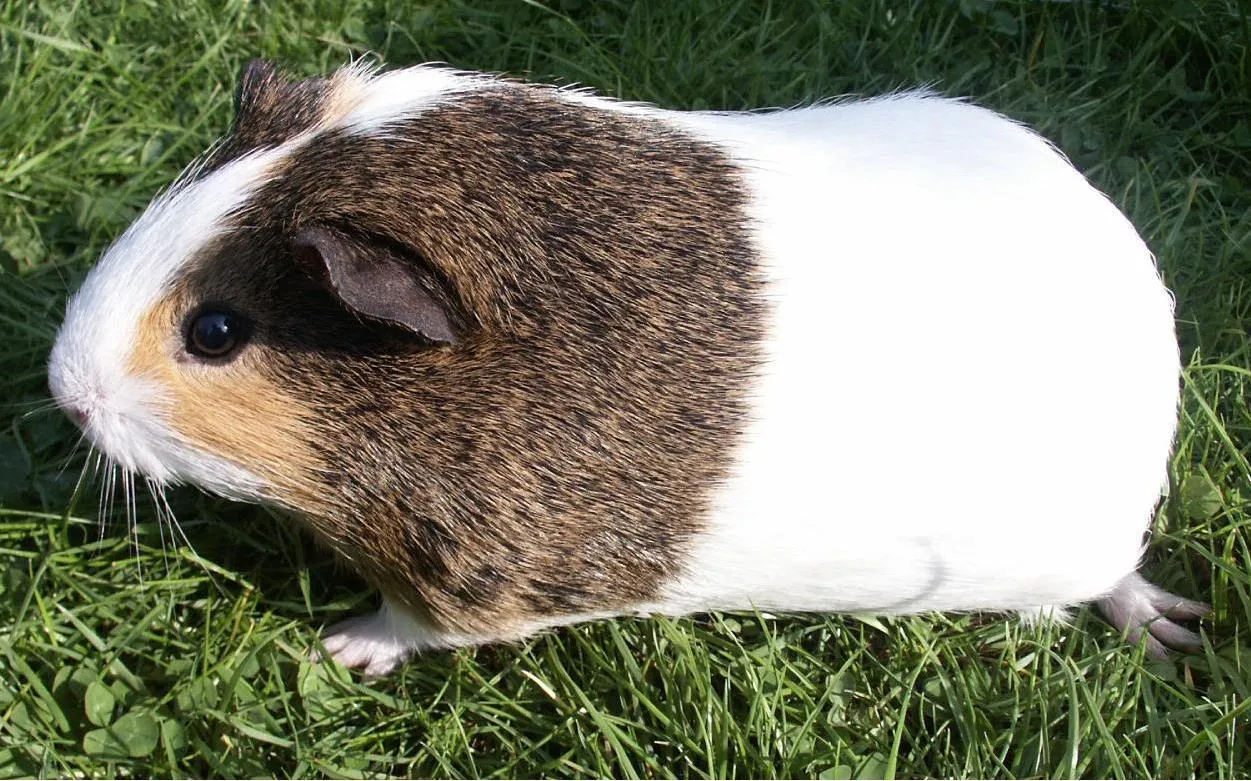
Male Guinea Pig:
Exhibits strength and endurance, well-suited for territorial defense and mating behaviors.
May have a higher tolerance for physical exertion.
Female Guinea Pig:
Displays agility and speed, optimized for quick movements and evasion.
Well-adapted for activities related to foraging and caring for offspring.
Comparison:
Males and females possess distinct physical capacities tailored to their ecological roles.
Ecological Implications:
Diverse physical capacities contribute to the overall adaptability and resilience of guinea pig populations in different environments.
12. Habitat Preference(s) and Geographic Region
Male Guinea Pig:
Can adapt to various habitats, including grasslands, forests, and rocky areas.
Found in regions ranging from South America to parts of North America.
Female Guinea Pig:
Similar habitat adaptability to males.
Commonly found in grassy areas and regions with abundant vegetation.
Comparison:
Both genders share overlapping habitat preferences and can thrive in diverse ecosystems.
Ecological Implications:
Wide habitat adaptability contributes to the distribution and population density of guinea pigs across different geographic regions.
13. Tracks
Male Guinea Pig:
Paw prints may show signs of larger and more defined imprints.
Claw marks may be more prominent.
Female Guinea Pig:
Paw prints are generally smaller and may exhibit greater depth due to agility.
Claw marks may be less pronounced.
Comparison:
Track differences align with size and agility variations between males and females.
Ecological Implications:
Tracking differences can aid researchers and ecologists in population monitoring and understanding movement patterns in guinea pig communities.
14. Lifespan
Male Guinea Pig:
Average lifespan ranges from 4 to 6 years.
Subject to variations influenced by genetics, diet, and environmental factors.
Female Guinea Pig:
Similar lifespan to males, averaging 4 to 6 years.
Longevity affected by factors such as healthcare and living conditions.
Comparison:
Both genders generally share a comparable lifespan.
Ecological Implications:
Lifespan influences population dynamics and reproductive cycles within guinea pig communities.
15. Mode of Feeding
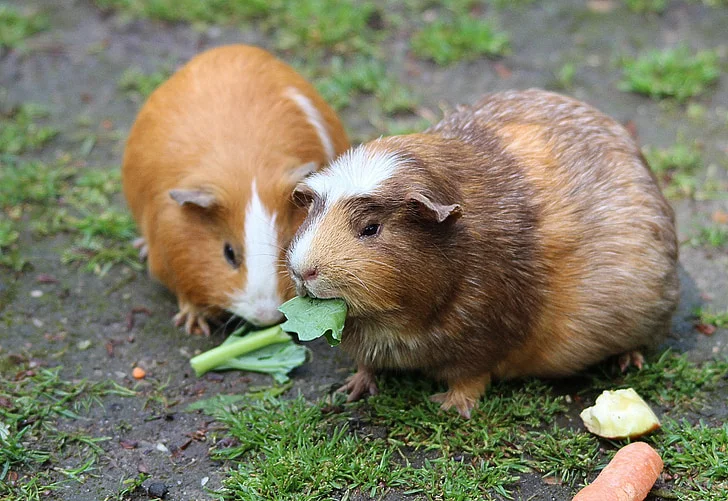
Male Guinea Pig:
Herbivorous diet, mainly consuming grasses, hay, and vegetables.
May engage in foraging behaviors to secure food sources.
Female Guinea Pig:
Herbivorous feeding habits, similar to males.
Active foragers, relying on vegetation for sustenance.
Comparison:
Both genders share the same mode of feeding, essential for their nutritional requirements.
Ecological Implications:
Herbivorous diets play a crucial role in shaping guinea pig interactions with their environment and influence ecosystem dynamics.
16. Intelligence
Male Guinea Pig:
Displays social intelligence, especially in mating rituals and hierarchical structures.
Exhibits problem-solving skills in adapting to changing environments.
Female Guinea Pig:
Similar social intelligence to males, crucial for communal living.
Demonstrates problem-solving abilities in various contexts.
Comparison:
Intelligence levels are generally comparable between males and females.
Ecological Implications:
Cognitive abilities contribute to survival strategies, adaptation to environmental changes, and communal interactions within guinea pig populations.
17. Social Behavior
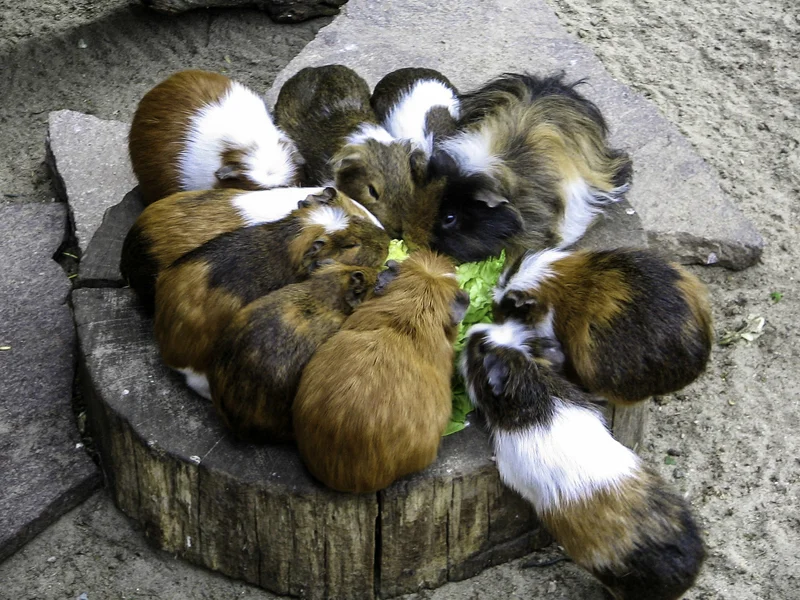
Male Guinea Pig:
Tends to exhibit dominance behaviors, especially during mating.
Participates in grooming rituals and vocalizations for communication.
Female Guinea Pig:
Socially interactive, forming close bonds with other guinea pigs.
Displays maternal behaviors and engages in grooming for social bonding.
Comparison:
Both genders display complex social behaviors, contributing to the cohesion of guinea pig groups.
Ecological Implications:
Social interactions are crucial for reproductive success, predator defense, and overall group dynamics within guinea pig populations.
18. Mode of Reproduction
Male Guinea Pig:
Exhibits polygamous mating behavior, seeking multiple mates.
Engages in courtship rituals, vocalizations, and physical displays to attract females.
Female Guinea Pig:
Typically monogamous in mating behavior.
Signals receptivity through vocalizations and physical cues.
Comparison:
Mating behaviors differ, with males being polygamous and females tending towards monogamy.
Ecological Implications:
Reproductive strategies influence population dynamics, genetic diversity, and social structures within guinea pig communities.
19. Parental Behavior
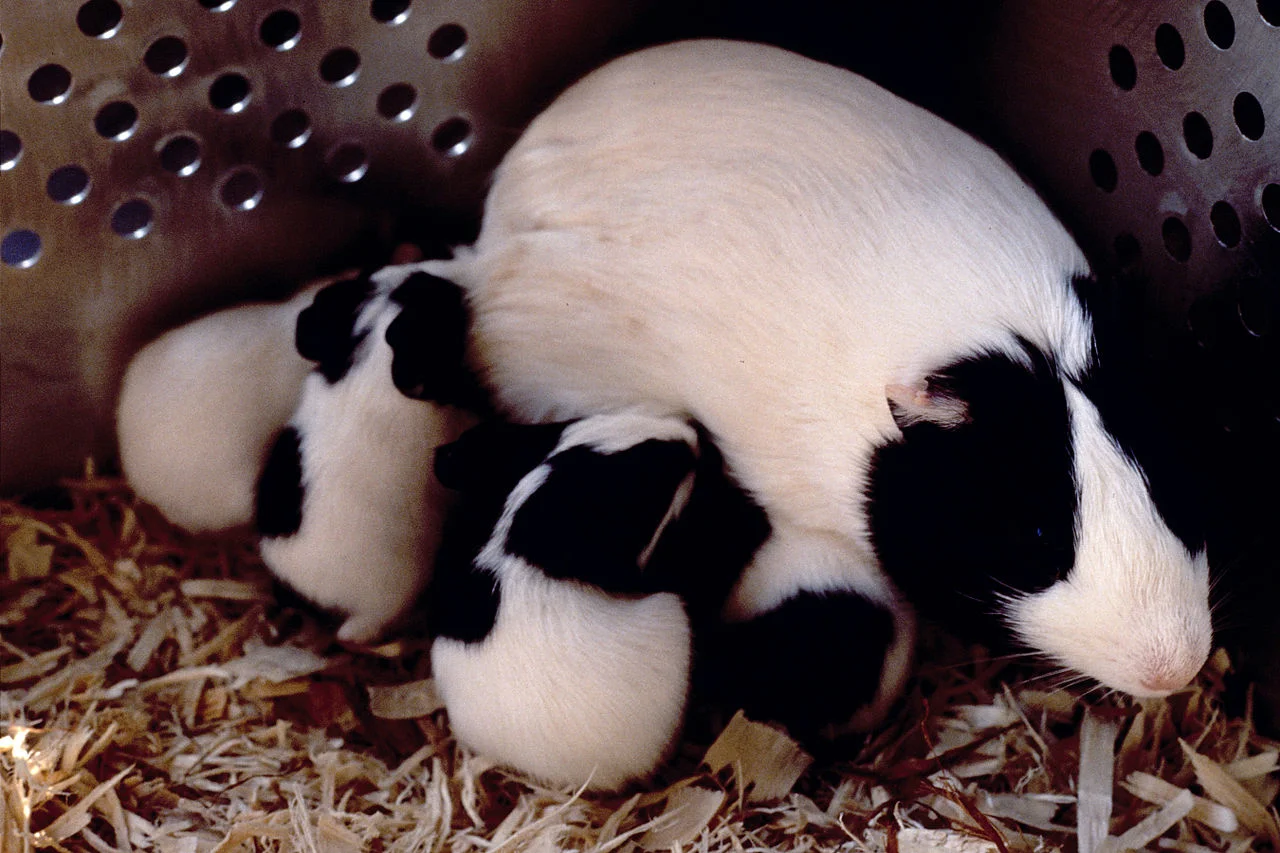
Male Guinea Pig:
Limited involvement in parental care after mating.
May display protective behaviors towards offspring if perceived threats are present.
Female Guinea Pig:
Assumes a more active role in parental care, providing warmth, grooming, and nursing.
Demonstrates strong maternal instincts.
Comparison:
Females exhibit more pronounced parental behaviors compared to males.
Ecological Implications:
Maternal care enhances offspring survival rates and contributes to the overall resilience of guinea pig populations.
20. Proximity to Human-Inhabited Areas
Male Guinea Pig:
May venture into human-inhabited areas in search of food or suitable habitats.
Can adapt to living in proximity to human settlements.
Female Guinea Pig:
Similar propensity to explore areas near human habitats.
May find food resources and nesting sites in gardens or agricultural fields.
Comparison:
Both genders can adapt to living in proximity to human-inhabited areas.
Ecological Implications:
Human interactions may impact guinea pig behavior, resource utilization, and potential conflicts.
21. Behavior Toward Humans
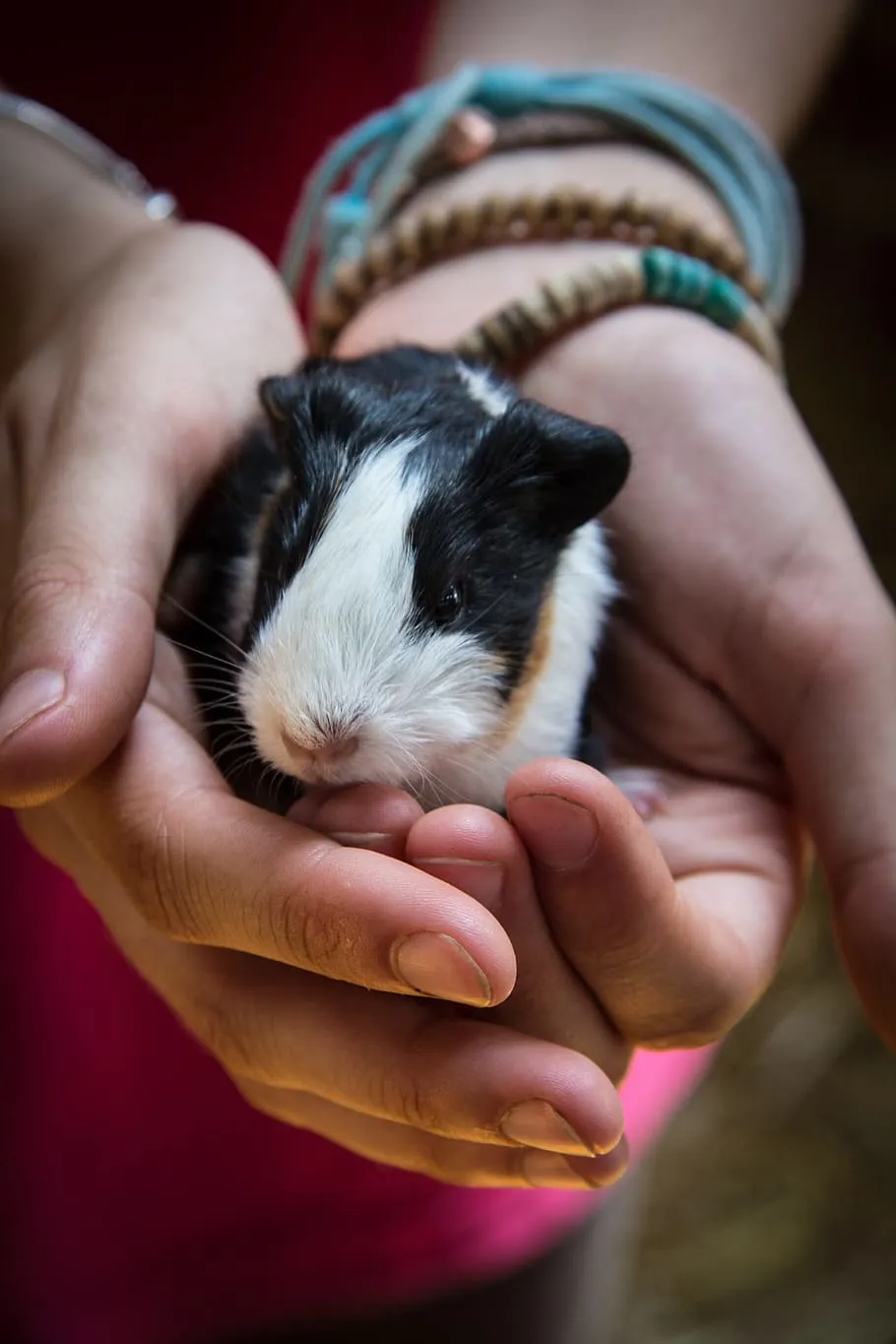
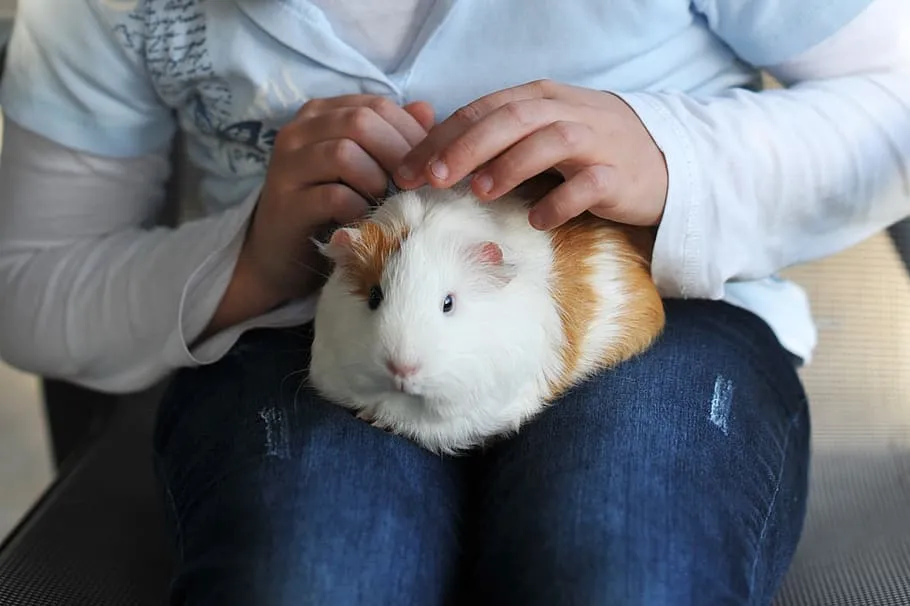
Male Guinea Pig:
May exhibit varying levels of tolerance towards human interaction.
Individual behaviors influenced by factors such as socialization and past experiences.
Female Guinea Pig:
Generally displays a range of behaviors from curiosity to caution in human presence.
Socialized individuals may show increased comfort with human interaction.
Comparison:
Both genders exhibit diverse behaviors towards humans, influenced by individual experiences and socialization.
Ecological Implications:
Interactions with humans can have implications for conservation efforts, research, and the potential impact of guinea pigs on human environments.
22. Danger Posed to Humans
Male Guinea Pig:
Generally poses minimal danger to humans.
May display defensive behaviors if feeling threatened, such as vocalizations or nipping.
Female Guinea Pig:
Typically not considered dangerous to humans.
Defensive behaviors are more likely to involve evasion rather than aggression.
Comparison:
Both genders are not inherently dangerous, with defensive behaviors as a response to perceived threats.
Ecological Implications:
Limited danger to humans allows for coexistence in shared environments.
23. Associated Precautions
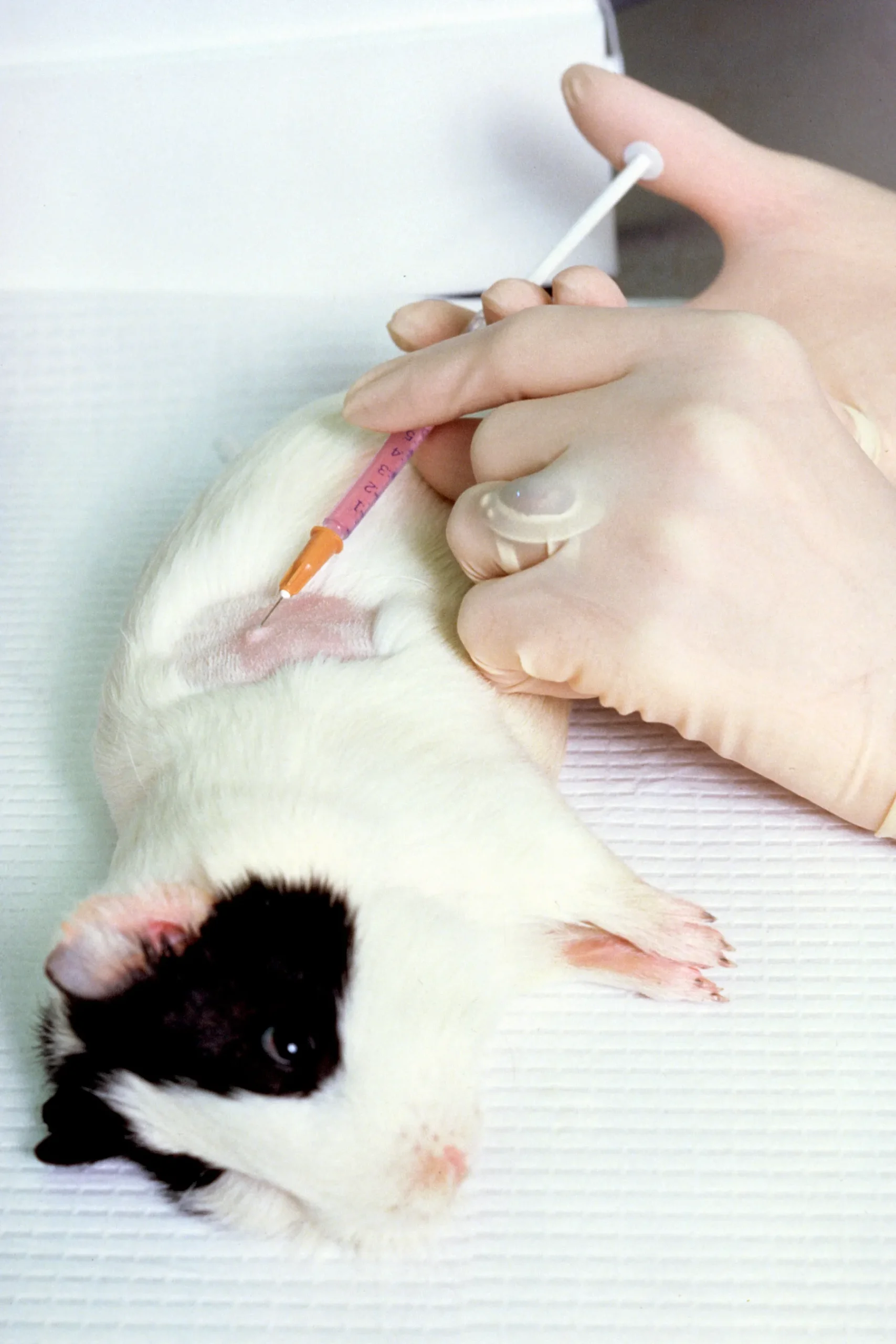
Male Guinea Pig:
Caution advised during mating periods when males may exhibit territorial behaviors.
Avoid sudden movements or loud noises to prevent stress.
Female Guinea Pig:
Care needed during pregnancy and birthing periods.
Providing a quiet and calm environment supports overall well-being.
Comparison:
Both genders require specific precautions, with variations based on reproductive and behavioral factors.
Ecological Implications:
Understanding and respecting these precautions contribute to the well-being of guinea pig populations in human care.
24. Conservation Status
Male Guinea Pig:
Domesticated varieties are widely kept as pets.
No specific conservation status as domestication has reduced reliance on wild populations.
Female Guinea Pig:
Similar conservation status as males, with domestication reducing pressure on wild populations.
Comparison:
Conservation concerns primarily focus on preserving wild populations rather than gender-specific considerations.
Ecological Implications:
Conservation efforts primarily target wild habitats and sustainable practices to ensure the well-being of guinea pig populations in their natural environments.
*Summary of Comparison
Appearance:
Male: Broader head, robust build, vibrant coat variations.
Female: Streamlined appearance, smaller head, similar coat variety.
Size:
Male: Larger size, average length 8-12 inches.
Female: Smaller size, average length 7-10 inches.
Weight:
Male: Heavier, 900g to 1.2kg.
Female: Lighter, 700g to 900g.
Dentition and Bite Force (PSI):
Both have sturdy incisors and comparable bite forces (60-80 PSI).
Physical Offensive Advantages:
Male: Relies on larger size and strength.
Female: Depends on agility and speed.
Physical Defensive Advantages:
Male: Uses size for deterrence, protective behaviors.
Female: Rely on agility and quick movements for evasion.
Speed:
Male: Moderate (5-10 mph).
Female: Higher agility, speed (8-15 mph).
Agility:
Male: Moderate agility.
Female: Superior agility.
Senses:
Both exhibit keen hearing, good sense of smell, and vision adapted for survival.
Overall Physical Capacity:
Male: Strength and endurance.
Female: Agility and speed.
Habitat Preference(s) and Geographic Region:
Both adaptable to various habitats globally.
Tracks:
Male: Larger, more defined prints.
Female: Smaller, deeper prints.
Lifespan:
Similar lifespan (4-6 years).
Mode of Feeding:
Herbivorous diet for both.
Intelligence:
Comparable social intelligence and problem-solving skills.
Social Behavior:
Both exhibit complex social behaviors.
Mode of Reproduction:
Male: Polygamous.
Female: Monogamous.
Parental Behavior:
Male: Limited involvement.
Female: Active maternal care.
Proximity to Human-Inhabited Areas:
Both can adapt to living near humans.
Behavior Toward Humans:
Both exhibit diverse behaviors influenced by socialization.
Danger Posed to Humans:
Minimal danger from both.
Associated Precautions:
Gender-specific precautions during mating, pregnancy, and birthing.
Conservation Status:
Domesticated varieties have no specific conservation concerns.
Conclusion
I. Similarities
Both male and female guinea pigs share similar taxonomy, habitat preferences, feeding habits, and conservation considerations.
II. Differences
Differences arise in aspects such as size, physical capacities, mating behaviors, parental care, and associated precautions, contributing to the overall diversity and adaptability of guinea pig populations.
